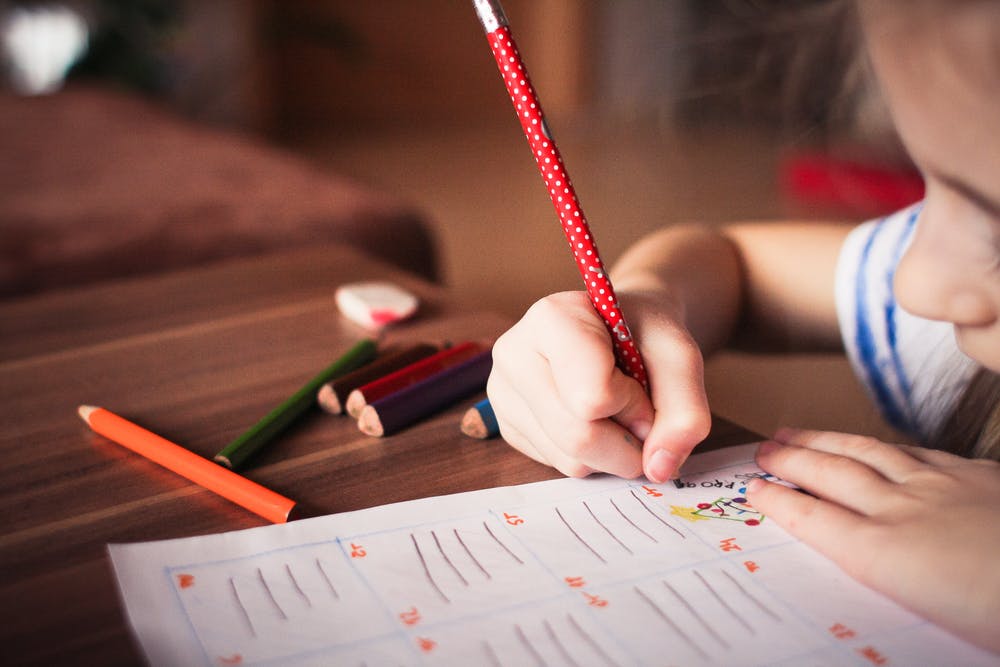Alternative schools are difficult to define, but they share similar principles with private schools. Alternative schools are still developing as a field. As a result, they tend to be quite individualized. One thing they share in common is that they are completely different from traditional schools. However, they are still grouped under the same district as traditional schools.
Alternative schools in America aren’t a new concept. Their origin can be traced to colonial America, where educational affairs were conducted in different ways by the affluent people or offered to the general population by religious groups or the rich. For students, alternative education has been an option since the 1830s when Transcendentalist leaders like Bronson Alcott set up The Temple School. The trend persisted with the opening of Montessori schools in the early 1900s and magnet schools’ development in the 1960s. Today, alternative education or alternative schools cover a much broader domain.
Though the concept of alternative schools first emerged as a radical idea on the periphery of public education, it soon evolved into a mainstream approach. Today, such schools are found in almost every community in America. Alternative schools can be actual schools (public or private), programs within schools, or single classrooms. Examples of private alternative schools are parochial schools, residential boarding schools, vocational centers, charter schools, etc. Public alternative schools can be located in the same building as a traditional school, or established within institutional settings, like juvenile justice facilities or hospitals.
Alternative schools meet different needs of diverse student bodies, such as those with:
· emotional or behavioral challenges
· specialized academic interests or talents
· certain learning disorders or disabilities
· medical needs that necessitate more comprehensive care
Such schools are also attended by students who have dropped out of school or are at risk of doing it. These schools are effective for helping children who live in difficult circumstances, such as a rough community that suffers from violence and illegal activity or students with a difficult home situation that hinders them from being sufficiently educated. Such circumstances can lead to poor grades or a high tendency to drop out of school. Students who have been expelled, suspended, or incarcerated can also attend alternative schools.
Alternative schools tend to have smaller classes, closer relationships between teachers and students as well as more flexible teaching methods. Additionally, relationships between students are usually much closer, and parents are also allowed to be more involved in their child’s education than they are at traditional schools.

